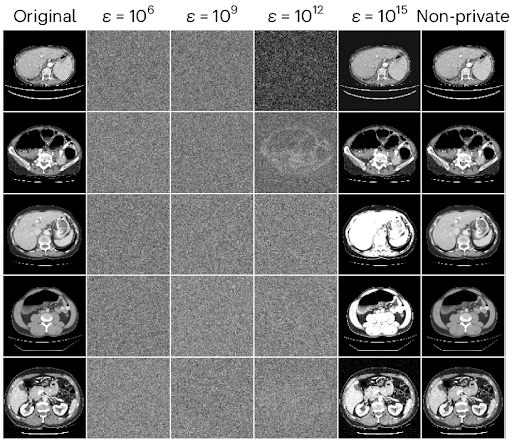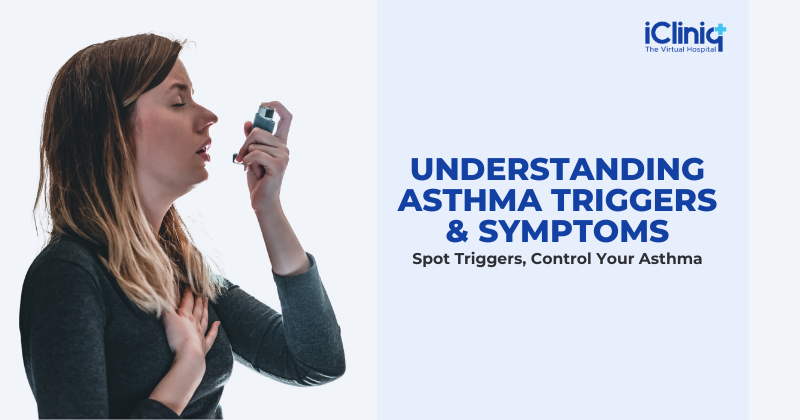As one of the biggest home-based care organizations in New York, VNS Health is leaning into its size and capabilities.
“Our real challenge is, how do we leverage the large number of programs and services we already offer to ensure a seamless journey through the most difficult times in a person’s life,” VNS Health CEO and President Dan Savitt told Home Health Care News.
For the company, this means continuing to embrace being both a payer and provider. It also means the launch of new programs such as its certified community behavioral health clinic.
New York-based VNS Health is a full-service home-based care organization. On any given day, the company has over 55,000 patients, members and clients in its care.
Savitt recently caught up with HHCN to discuss VNS Health’s 2024 wins, how the company significantly decreased turnover and how the company is addressing access to care challenges head on.
HHCN: Let’s start with a brief summary of VNS Health’s 2024 highlights?
Savitt: We set goals for the organization each year that we believe will drive us towards our vision. We set a very succinct vision that I can articulate as — we want to provide and manage care for millions of individuals with complex needs, in a way that’s really different from what everyone else is doing. We do focus on differentiating ourselves from the quality and experience aspect.
Being both a payer and provider allows us an opportunity to work with people in our community throughout their health care journey. It’s what I love about having both sides of this. The growth of our health plan often drives growth and innovation in our provider service lines.
Just a couple of highlights — in 2024 we acquired four upstate managed long-term care plans and added over 3,000 members. Adding these members is really consistent with our vision to drive improved care for those that are most vulnerable across New York State, rather than just in the city. It’s really a critical and important strategic priority for us, so is providing quality care to everyone we serve.
Our dual eligible LTSS health plan, which is the managed long-term care plan, but for dual eligibles, we’re five stars on the quality side. We were the only plan in New York State to get a five star rating.
We’re also really pleased with the result of our efforts to lower the turnover of our clinical workforce across all of our programs, and, more specifically, an increase in the retention rate for new hires. The turnover rate for home care nurses in their first year at VNS has gone from 14% to 6% in the past year.
The overall turnover for clinical team members across all of our programs declined from around 20% to under 12% in 2024. Due to these efforts and the outcomes we saw around recruiting and retention, we were able to experience about 5% to 7% growth across our provider service lines.
Last year, VNS Health’s research led to the CDC adding a new diagnostic code to their annual update of the International Classification of Diseases (ICD-10) list. Specifically, your company’s research found that sepsis was noted in admission assessments only 7% of the time. Can you talk about this and the significance of the CDC’s response?
Sepsis affects over 1.7 million Americans every year, according to the CDC, and not surprisingly, is the leading cause of death in U.S. hospitals.
This particular research was led by Dr. Kathryn H. Bowles, director of the VNS Health Center for Home Care Policy & Research. Her team reviewed the records of 165,000 sepsis survivors who entered home care nationwide, and found that the sepsis history was noted in the admission assessments only 7% of the time.
The industry really struggles with clinicians arriving in the homes of our patients, and not knowing that there’s this sepsis history and having to deal with this later when the symptoms start to show up. It’s a shame because this is an area where the two organizations, the hospitals and home care, should be working together. That’s what led to the desire to add this ICD-10 code.
We see this direct correlation between the work and research we did to this improved diagnosis code, which has the single goal of improvement in the quality of care. We’re really looking forward to seeing how this improves care over time.
To switch gears, is your company implementing any new workforce initiatives to enhance recruitment or retention?
We’re doing what a lot of folks are, but we’re excited about what we’re doing. Home care is super rewarding, but a really tough field for clinicians. We need to be there and provide the services and resources to make sure that one, we help our managers hire clinicians that are a good fit, and then help those clinicians grow, learn and feel supported.
We have a few things going on. We have a nurse residency program designed to address this. It provides ongoing support and education for new home care nurses, and it pairs them with more seasoned nurses who act as RN preceptors. We feel like this was a big part of moving from that 14% to 6% turnover in new hires over the last year.
Additionally, we have experienced physical therapists paired with students who have not worked in home health before, to support them and introduce them to what care in the home entails, and then inspire them to pursue that specialty. We love students at VNS Health. The more students we can get rolling through our organization, the better we think it will be, not just for VNS health, but for the industry.
Officially, we’ve developed an even closer relationship with area nursing schools, including a special partnership with Touro University, in which we pay full cost of the tuition, and the curriculum includes home care specific courses, and then graduates are committed to working with us for two years. We’re really excited about this program. We know similar things are happening across the country, and so it’ll be fun over time to compare notes with some of the others.
The last thing I would say is that we focus on that frontline manager. We know people stay and go, and are successful because of their direct manager — independent of the job you have. We believe that the work we’ve done in improvements, training and redefining the role to center around the clinical teams and the patient was really important to this effort to improve recruiting and retention. What we worked on in 2024, and continue to drive forward in 2025 is reducing the administrative burden put on management teams.
Value-based care has always been a big part of your company’s strategy. What’s your current focus when it comes to value-based care?
We’re focused on optimizing outcomes and quality metrics for our patients, our members and our clients. That’s the bottom line. We are finding ways to do that more and more and in innovative ways. The payers we work with count on us to use our resources to deliver high quality care at a lower cost, and we’re committed as always, to finding sustainable ways to do this.
The focus today is how we leverage information in our workflows to improve clinical quality and overall outcomes. Technology is great, analytics are great, but if you’re not integrating that technology and information into the workflows, then you really miss out on optimizing for quality and value-based care.
We use analytics to identify home care patients with late stage conditions who can benefit from enrollment in our advanced illness management program. Then we use analytics to determine when it may be appropriate to consider moving this patient population into hospice care.
Typically you move from advanced illness management, or palliative care, and then into hospice care, and we use analytics to help with those workflows. Another use of data-driven analytics helps us to identify health plan members who can benefit from the services of our care management organization. We identify the right cohort, and then we provide intensive care management over an extended period of time, which has driven really good outcomes for both the health plan as well as for the members that we’re serving.
In the past, we talked about the process of rolling out new service lines? Is there an area in home-based care that VNS Health is hoping to enter in the future, and how do you believe it will impact your business?
We were recently designated as a certified community behavior health clinic, or CCBHC, in the South Bronx. We believe there are areas with very limited access to health resources, especially behavioral health. With this designation, we’re now licensed to provide both mental health and substance use treatment in the Bronx, and that will help us serve those in need.
That’s today, tomorrow I can see us having multiple CCBHCs. How does this connect back to home health? Many people we see through home health have significant areas of need in behavioral health, and we have a natural place to then refer them and get them connected to care.
We’re a comprehensive home and community based organization. For us, of course, there are potentially new programs we can enter. Our real challenge is, how do we leverage the large number of programs and services we already offer to ensure a seamless journey through the most difficult times in a person’s life?
What’s on your 2025 regulatory wishlist?
We continue to advocate across the local, state, national level, to address the dire need for increased home health care and ensure reimbursement rates keep up with the actual cost of care and care delivery. We’re going to continue to advocate for rates that will close the gap that we have across the industry, and specifically in New York [state], where we see large access issues.
We also need to recognize that there’s a bit of wait and see with the new administration. Where we put our advocacy efforts will in large part be determined as policy decisions are made in the early part of 2025.
What are the main growth drivers at your company for 2025?
There are two components. There’s our health plan, and then provider services.
On the health plan side, we have a nice combination of organic growth coupled with opportunities for further acquisitions and geographic expansion. That’s pretty straightforward, and we’re excited about what we’re doing.
On the provider side, we have a strong market position across all of our programs, and we need to leverage that position to attract talent and engage our referral partners in new and innovative ways. We also launched some new programs in 2024, and we want to lean into those to ensure a strong year-over-year growth. I mentioned one, which was the CCBHC, but we had a few others.
Finally, we are building improved connections for New Yorkers across our various programs. These internal referrals and engagement activities will lead to deeper and longer relationships with those we serve, and ultimately, that will drive top line growth for us.
The post Part Payer, Part Provider: VNS Health Embraces The Future appeared first on Home Health Care News.











